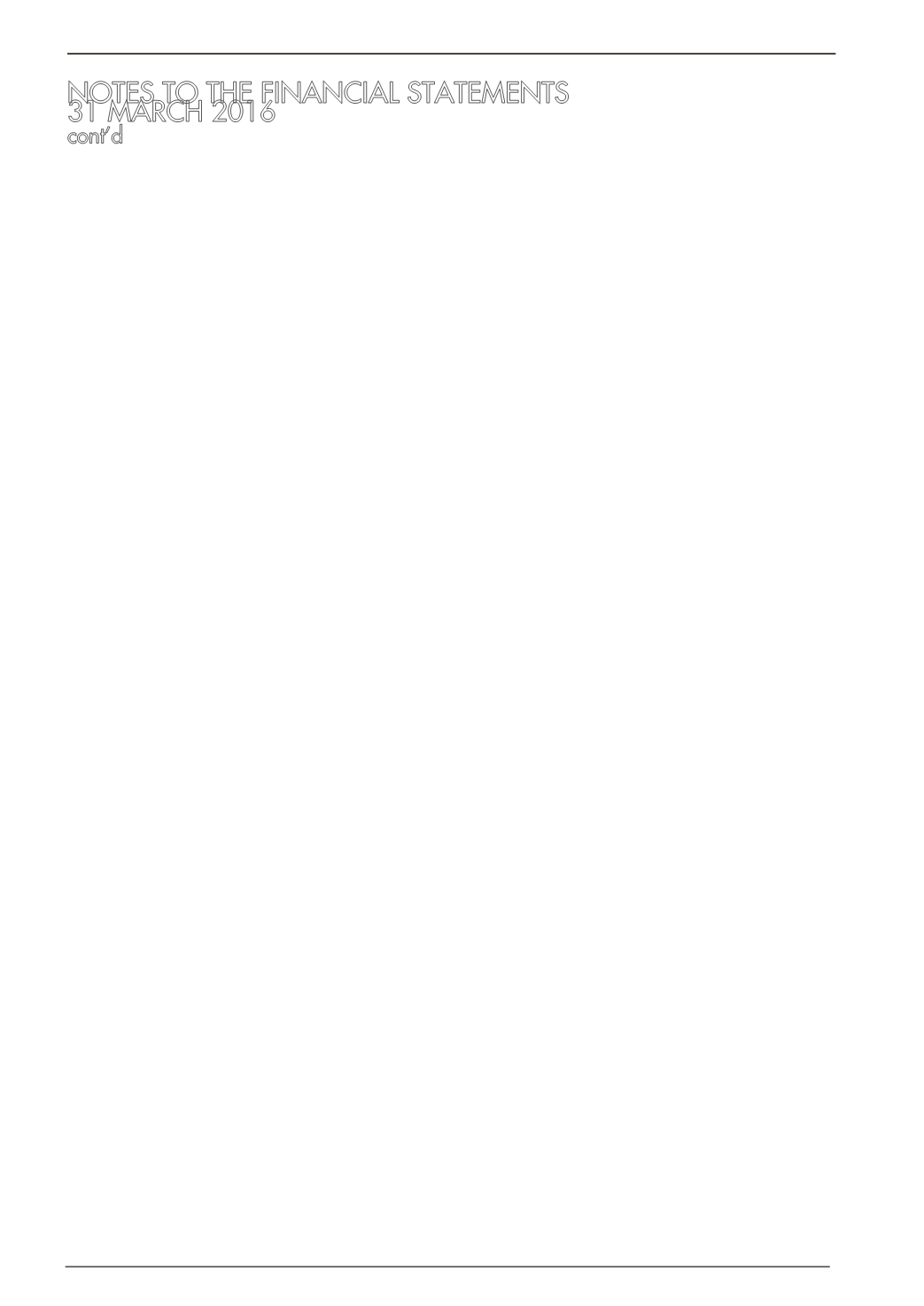

page
124
KUMPULAN FIMA BERHAD
(11817-V) |
Annual Report
2016
2. SIGNIFICANT ACCOUNTING POLICIES (CONT’D)
2.3 Summary of Significant Accounting Policies (Cont’d)
(u) Provision for Liabilities
Provisions are recognised when the Group has a present obligation (legal or constructive) as a
result of a past event, it is probable that an outflow of resources embodying economic benefits will
be required to settle the obligations and the amount of the obligation can be estimated reliably.
Provisions are reviewed at each reporting date and adjusted to reflect the current best estimate.
If it is no longer probable that an outflow of economic resources will be required to settle the
obligation, the provision is reversed. If the effect of the time value of money is material, provisions
are discounted using a current pre tax rate that reflects, where appropriate, the risks specific to
the liability. When discounting is used, the increase in the provision due to the passage of time is
recognised as a finance cost.
(v) Fair Value Measurement
Fair value is the price that would be received to sell an asset or paid to transfer a liability in
an orderly transaction between market participants at the measurement date. The fair value
measurement is based on the presumption that the transaction to sell the asset or transfer the
liability takes place either:
-
In the principal market for the asset or liability, or
-
In the absence of a principal market, in the most advantageous market for the asset or
liability.
The principal or the most advantageous market must be accessible to the Company.
The fair value of an asset or a liability is measured using the assumptions that market participants
would use when pricing the asset or liability, assuming that market participants act in their economic
best interest.
A fair value measurement of a non-financial asset takes into account a market participant’s ability
to generate economic benefits by using the asset in its highest and best use or by selling it to
another market participant that would use the asset in its highest and best use.
The Group and the Company uses valuation techniques that are appropriate in the circumstances
and for which sufficient data are available to measure fair value, maximising the use of relevant
observable inputs and minimising the use of unobservable inputs.

















